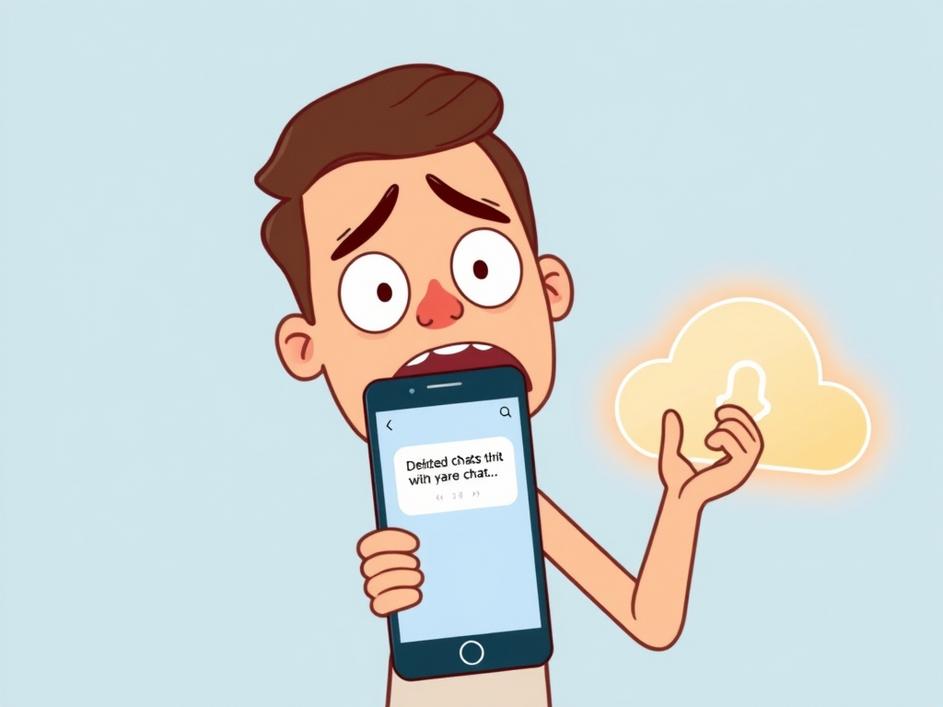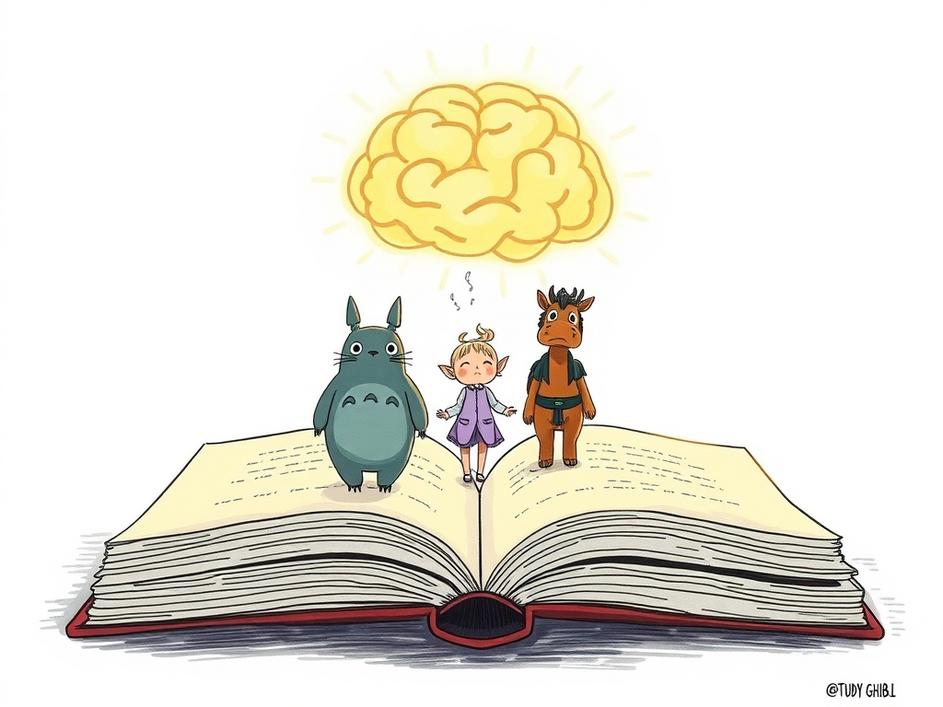


We are a digital agency helping businesses develop immersive, engaging, and user-focused web, app, and software solutions.
2310 Mira Vista Ave
Montrose, CA 91020
2500+ reviews based on client feedback

What's Included?
ToggleHas it ever happened to you? That split-second mistake, that quick tap on the screen, and poof! A crucial WhatsApp conversation vanishes into thin air. Maybe it was a sweet message from a loved one, important work details, or even just a funny meme you wanted to save. The moment you realize what you’ve done, a wave of panic washes over you. It’s a truly awful feeling, like you’ve lost a piece of your digital history. For many of us, WhatsApp isn’t just a messaging app; it’s a huge part of how we connect with friends, family, and colleagues. It holds memories, plans, and vital information. So, when those chats disappear, it feels like a real loss. We all rely on these apps so much, and sometimes, the fear of losing our conversations makes us extra careful. But mistakes happen, and thankfully, there’s often a way to undo them. It’s a bit like having a digital safety net, waiting to catch your precious words before they’re gone forever. Understanding how this safety net works can save you a lot of stress in the long run.
What if I told you that most of those “deleted” chats aren’t really gone? They’re usually just hiding, safely tucked away in the cloud, waiting for you to call them back. This is where cloud backups become your best friend. Whether you’re an Android user with Google Drive or an iPhone user with iCloud, your phone is likely set up to automatically save your WhatsApp chat history at regular intervals. Think of it as a digital diary that gets copied and stored in a secure online vault. Every day, or whatever frequency you set, your WhatsApp data — messages, photos, videos, voice notes — gets a snapshot taken and uploaded. This isn’t just some technical jargon; it’s a truly brilliant feature designed to protect your information. It means that even if your phone breaks, gets lost, or you accidentally wipe everything, a version of your chats still exists somewhere else. This automatic backup is the silent hero working behind the scenes, giving you a chance to rewind time and recover what you thought was lost for good. It’s a simple idea, but incredibly powerful for anyone who uses messaging apps daily.
So, how do you actually use this digital lifeline? It’s easier than you might think, though it does involve a little bit of a fresh start. The key is to access the most recent backup stored in your cloud service. Here’s the general rundown: First, you’ll need to uninstall WhatsApp from your phone. Yes, really! Don’t worry, this is part of the process. Once it’s completely off your device, head over to your phone’s app store (Google Play Store for Android, Apple App Store for iOS) and download WhatsApp again. When you open it for the first time after reinstallation, you’ll go through the initial setup process. Crucially, when it asks, make sure you sign in with the *exact same phone number* and the *exact same Google account or Apple ID* that you used for your previous WhatsApp setup and backups. WhatsApp will then detect a backup available in your cloud storage. It will prompt you, asking if you want to restore your chat history. Say yes! Tap “Restore,” and watch as your old conversations, media, and all, start populating your app again. The time it takes depends on how much data you have and your internet speed, but soon enough, it’ll be like your deletion never happened.
While this recovery method is super helpful, it’s not a magic bullet for every single situation. There are a few important things to keep in mind. The biggest factor is your backup frequency. If your WhatsApp is set to back up once a week, and you deleted a message an hour after the last backup, then that hour’s worth of new messages might not be recovered. The restore process will bring back everything up to the point of your *last successful backup*. So, if you’re someone who has super important conversations happening all the time, consider setting your backup frequency to daily. Another thing to remember is the cloud storage itself. Make sure you have enough space in your Google Drive or iCloud account for the backups. If your storage is full, the backups might fail without you even knowing. Also, this method works best when you’re restoring to the *same device* or at least using the *same operating system* (Android to Android, iOS to iOS). Transferring backups between different operating systems can be a bit trickier and sometimes requires third-party tools, which is a whole different ball game. Knowing these limits helps manage expectations and encourages good backup habits.
My take on this isn’t just about a neat trick to get your messages back; it’s about the bigger picture of digital peace of mind. In our always-on world, where so much of our lives happens on our phones, having reliable ways to protect and recover our data is incredibly important. The cloud backup feature in WhatsApp isn’t just a “hack”; it’s a fundamental design choice that empowers users. It shows a thoughtful approach to user experience, understanding that mistakes happen and data is valuable. For me, the real win here is the ability to not stress so much about an accidental tap. It means you can use your apps freely, knowing there’s a safety net. This feature really highlights the importance of digital hygiene – taking a few minutes to ensure your backup settings are correct can save you hours of heartache later. It’s about building a resilient digital life, where your memories and important information are safe, even when technology throws a curveball. It’s a reminder that sometimes, the simplest solutions are the most powerful.
In the end, learning how to recover deleted WhatsApp messages via cloud backup is more than just a quick fix; it’s a lesson in digital preparedness. It teaches us the immense value of those background processes we often ignore. So many people have no idea these backups are even happening, or how to use them. But knowing about this feature gives you a significant advantage. It takes away the fear associated with using a communication tool that holds so much personal and professional weight. I encourage everyone to take a moment right now to check your WhatsApp backup settings. See when your last backup was. Make sure it’s set to a frequency that makes sense for you – daily is often a great choice for peace of mind. Confirm you’re connected to the correct cloud account and that you have enough storage. These small steps can make a massive difference down the line. It’s about empowering yourself with knowledge and simple actions to protect your digital life. Don’t wait until that panicked moment strikes; set up your safety net today. You’ll thank yourself later when that accidental delete button inevitably gets pressed.



Leave a reply